Description
Desmetramadol, Odsmt
Product information
IUPAC-name 3-(2-((dimethylamino)methyl)-1-hydroxycyclohexyl)phenol
Synonyms Desmetramadol, O-desmethyltramadol, O-DSMT, Omnitram, Tramadol, Odsmt
Formal name 3-(2-((dimethylamino)methyl)-1-hydroxycyclohexyl)phenol
Cas number 80456-81-1
Formula C15H23NO2
Molar Mass 249.354 g·mol−1
Formulation Powder, Crystal
Solubility
- DMF: 0.5 mg/ml
- DMSO: 3 mg/ml
- Ethanol: 10 mg/ml
- PBS (pH 7.2): 3 mg/ml
Shipping & Storage Information
Desmetramadol, O-desmethyltramadol, O-DSMT, Omnitram, Tramadol, Odsmt
O-Desmethyltramadol is a substance that is commonly used as a secondary opioid. It’s a class of opioid that is known as phenylpropylamine. Tramadol is demethylated through the liver enzyme CYP2D6, which is similar to the way that codeine is demethylated. Individuals with a less active form of this enzyme will tend to get reduced effects from tramadol.
O-DSMT is a substance that has been known to have various effects such as muscle relaxation, hypnosis, and pain relief. It is also more potent than its parent compound.
Due to its short history of human use, O-DSMT is not known to have abuse potential.
O-Desmethyltramadol is a synthetic opioid that is similar to codeine but is not a morphinan opiate. It has two rings, one of which is a cyclohexane ring. One of the rings is substituted with a hydroxy group. The other one is bonded to a cyclohexane ring. O-DMST also has a third substitution, which is a dimethylamine group. O-Desmethyltramadol is unusual because its stereoisomers have the same chemical structure.
It is produced as a racemate of tramadol because its two isomers have been proven to be more effective. O-DMST is also identical to tramadol in that it doesn’t have the methyl group’s R3 methoxy substituion.
Pharmacology
O-DSMT is a high-affinity ligand that can be used to treat opioid dependence. It’s similar to the – and -opioid receptors.
Both O-DSMT and its metabolites are active reuptake inhibitors. However, O-DSMT retains its activity as a norepinephrine reupset inhibitor. Although it can be beneficial for certain types of pain, its effects can also contribute to the development of drug interactions.
Opioids can stimulate the -opioid Receptor by binding to it. This occurs due to the similarity of the opioid’s structure to that of the endogenous endorphins. The way that opioids are structurally mimicked can result in their euphoria and analgesic effects. They can also trigger feelings of pleasure and alertness.
Not much is known about the pharmacological and toxicological properties of O-DSMT. Usage of this Chemical should be for research and forensic purposes only.
WARNING This product is not for human or veterinary use.
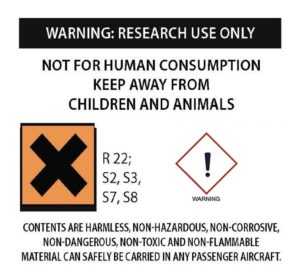
This product is only available to persons of 21 years old and above.
Hazard statement(s)
| H302 | Harmful if swallowed |
| H315 | Causes skin irritation |
| H319 | Causes serious eye irritation |
| H332 | Harmful if inhaled |
| H335 | cause respiratory irritation |
| H336 | cause drowsiness or dizziness |
| Precautionary statement(s) | |
| P264 | Wash hands thoroughly after handling |
| P280 | protective gloves/protective clothing/eye protection/face protection |
| P305 + P351 + P338 | IF IN EYES: Rinse cautiously with for several minutes. Remove contact lenses, if present and easy to do. Continue rinsing. |
| P337 + P313 | If eye irritation persists: Get medical advice/attention |
| P261 | Avoid breathing dust/ fume/ gas/ mist/ vapors/ spray |
| P271 | Use only outdoors or in a well-ventilated area |
| P304 + P340 | IF INHALED: Remove victim to fresh air and keep at rest in a position comfortable for breathing |
| P312 | Call a POISON CENTER or doctor/physician if you feel unwell |
| P403 + P233 | Store in a well-ventilated place. Keep container tightly closed |
| P405 | Store locked up |
| P501 | Dispose of contents/container to a licensed disposal company |

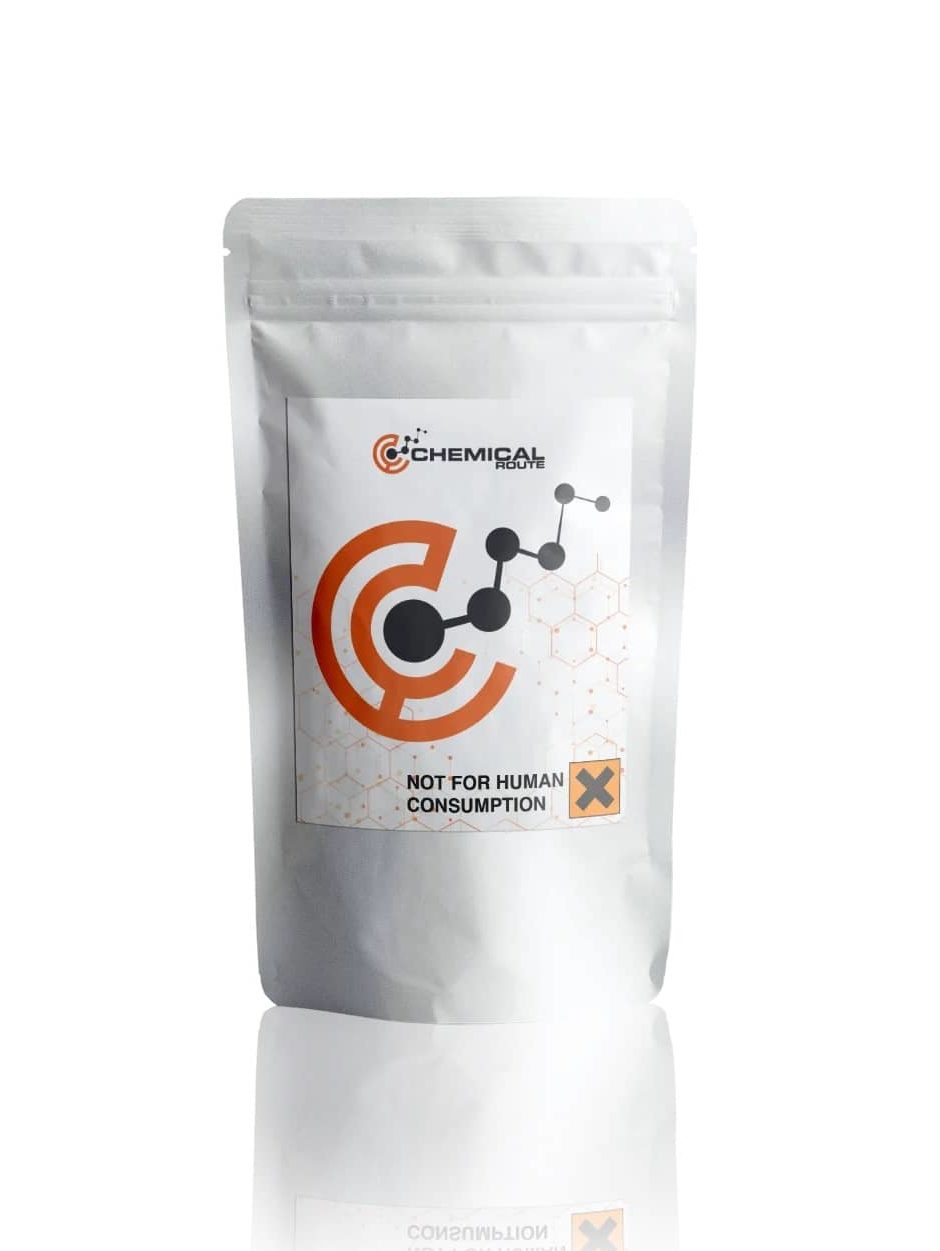
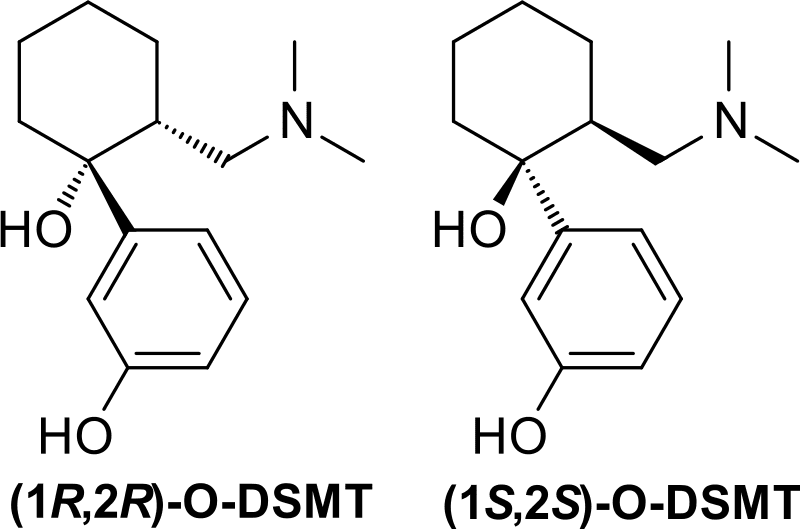
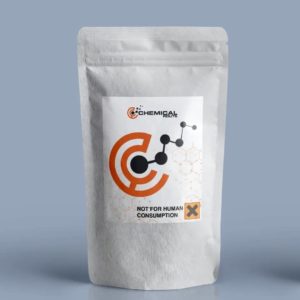
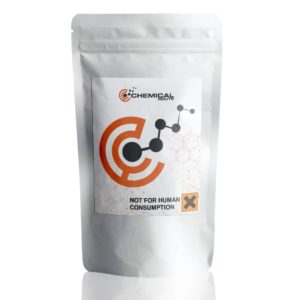
Reviews
There are no reviews yet.